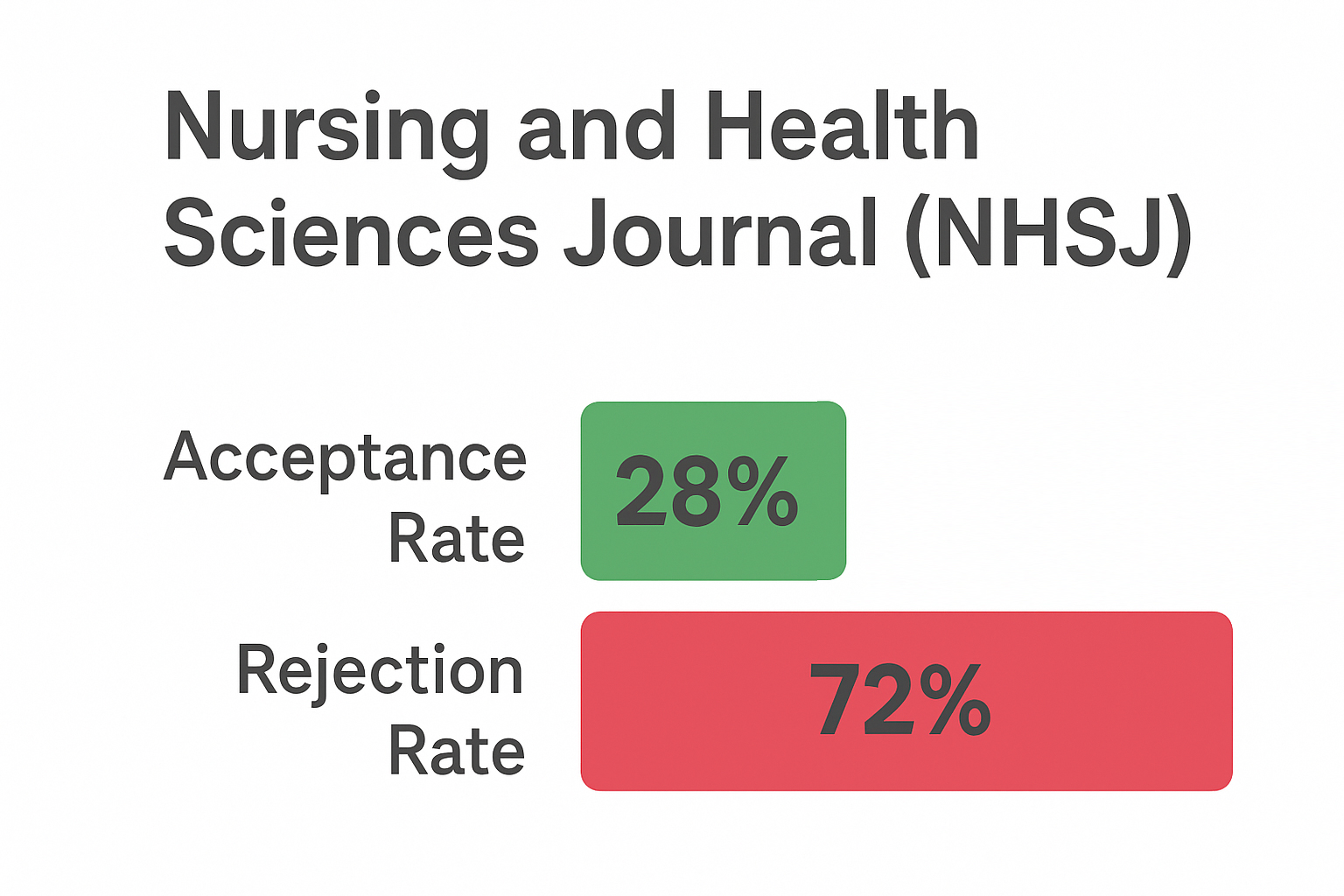Overview of Motor Nerve Damage in People with Diabetes Mellitus
DOI:
https://doi.org/10.53713/nhs.v1i3.83Keywords:
agriculture, diabetes millitus, motor nerve damageAbstract
Damage to motor nerves in people with diabetes increases the risk of a foot injury. This occurs because the damage results in changes in foot biomechanics, muscle atrophy, deformity, and increased pressure on the feet. So far, the examination of motor nerve damage in people with diabetes in agricultural areas such as the Jember Regency is still rarely touched by primary health services. The purpose of this study was to identify motor nerve damage in people with diabetes in the agriculture area of the Jember Regency. This type of research is exploratory, descriptive, 102 respondents obtained by purposive sampling technique. Inclusion criteria in this study are age> 18 years; do not have DFU active, and did not experience amputation in both legs. Data collection uses instrument modification from MNSI (Michigan Neuropathy Screening Instrument) and MDNS (Michigan Diabetic Neuropathy Score). MNSI using in inspecting for deformity, while MDNS using for forms of physiological reflex damage and muscle strength. The analysis used in univariate and displayed in the frequency distribution. The results showed that the majority of respondents who suffer from DM are experienced in the middle adulthood category (71.6%), with a length of suffering more than five years (95.1%), and have a history of comorbidities (68.6%). The most common form of motor deformity damage was hallux valgus on the right and left legs (38.2%; 26.4%). Forms of motor damage in the form of muscle strength, severe damage to the abduction of the right and left legs (7.8%), and were found right or left toe extensions (1.9%; 2.9%). Motor damage in the form of no physiological reflexes was found in the right and left Quadriceps femoral (2%; 1%), and right or left leg Achilles (1%). The result of total motor damage assessment is that people with diabetes have decreased muscle strength in the right and left extremities (74.5%; 72.5%). This research shows that the majority of people with diabetes in the agricultur area of the Jember Regency suffer motor nerve damage. Therefore, there is a need for preventive measures to prevent the worsening condition of people with diabetes.
References
Al-rubeaan, K., Derwish, M. Al, Ouizi, S., & Youssef, A. M. (2015). Diabetic Foot Complications and Their Risk Factors from a Large Retrospective Cohort Study, 53(Cvd), 1–17. https://doi.org/10.1371/journal.pone.0124446
Arsono, S. (2005). Diabetes Mellitus Sebagai Faktor Risiko Kejadian Gagal Ginjal Terminal. Universitas Diponegoro Semarang.
Badan Penelitian Dan Pengembangan Kesehatan Kementerian Kesehatan. (2013). Riset Kesehatan DasaR 2013.
Bansal, D., Gudala, K., Muthyala, H., Esam, H. P., Nayakallu, R., & Bhansali, A. (2014). Prevalence and risk factors of development of peripheral diabetic neuropathy in type 2 diabetes mellitus in a tertiary care setting. J Diabetes Investigation, 5(6), 714–721. https://doi.org/10.1111/jdi.12223
Betteng, R., Pangemanan, D., & Mayulu, N. (2014). Analisis Faktor Resiko Penyebab Terjadinya Diabetes Melitus Tipe 2 Pada Wanita Usia Produktif Dipuskesmas Wawonasa. Jurnal e-Biomedik (eBM, Volume 2, 9.
Bus, S. A., Maas, Ma., Michels, R. P., & Levi, M. (2009). Role of Intrinsic Muscle Atrophy in the Etiology of Claw Toe Deformity in Diabetic Neuropathy May Not Be as Straightforward as Widely Believed. Diabetes Care, 32(6). https://doi.org/10.2337/dc08-2174.
Dinas Kesehatan Kab. Jember. (2017). Laporan PTM 2017. Jember.
Hampton, S. (2006). Caring for the diabetic patient with a foot ulcer. British Journal of Nursing, 15(15).
Iroth, G. S. N., Kandou, G. D., & Malonda, N. S. H. (2017). Hubungan Antara Umur Dan Pola Makan Dengan Kejadian Diabetes Melitus Tipe 2 Pada Pasien Rawat Jalan Di Wilayah Kerja Puskesmas Tenga Kecamatan Tenga. Media Kesehatan, 9(3).
Japardi, I. (2002). Peroneal Neuropathy. Dr ISKANDAR JAPARDI Fakultas Kedokteran Bagian Bedah Universitas Sumatera Utara. Sumatra Utara.
Jember, P. K. (PEMKAB). (2012). Potensi dan Produk Unggulan Jawa Timur. Jember.
Kartika, R. W. (2017). Pengelolaan gangren kaki Diabetik. Continuing Medical Education, 44(1), 18–22.
Kementerian Kesehatan RI. (2014). Pusat Data dan Informasi Kementerian Kesehatan RISituasi dan Analisis Diabetes. Pusat Data dan Informasi Kementerian Kesehatan RI. JAKARTA. https://doi.org/24427659
Nistiandani, A., Juniarto, A. Z., & Dyan, N. S. (2018). Stages Of Grief Dan Depresi Pada Pasien Diabetes Mellitus. Universitas Diponegoro.
Saputri, E. G., Setiani, O., YD, N. A., & Budiyono. (2018). Hubungan Riwayat Pajanan Pestisida Dengan Kejadian Diabetes Melitus Tipe 2 Pada Petani Penyemprot Di Kecamatan Ngablak Kabupaten Magelang. Jurnal Kesehatan Masyarakat (e-Journal), 6(1), 645–654.
Schie, C. H. Van, Vermigli, C., Carrington, A. L., & Boulton, A. (2016). Muscle Weakness and Foot Deformities. Diabetes Care, 27(January), 7. https://doi.org/10.2337/diacare.27.7.1668
Syafi’i, M. R. (2018). Gambaran Klinis Neuropati Perifer Pada Penyandang Diabetes Melitus Di Wilayah Puskesmas Purwosari. Universitas Muhammadiyah Surakarta.
Tesfaye, S., Boulton, A. J. M., Dyck, P. J., Freeman, R., Horowits, M., Kempler, P., … Valensi, P. (2010). Diabetic Neuropathies : Update on Definitions , Diagnostic Criteria , Estimation of Severity , and Treatments. care.diabetesjournals.org, 33(10), 2285–2293. https://doi.org/10.2337/dc10-1303
World Health Organization. (2016). Diabetes Country Profiles, 2016.















